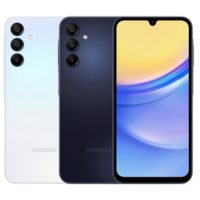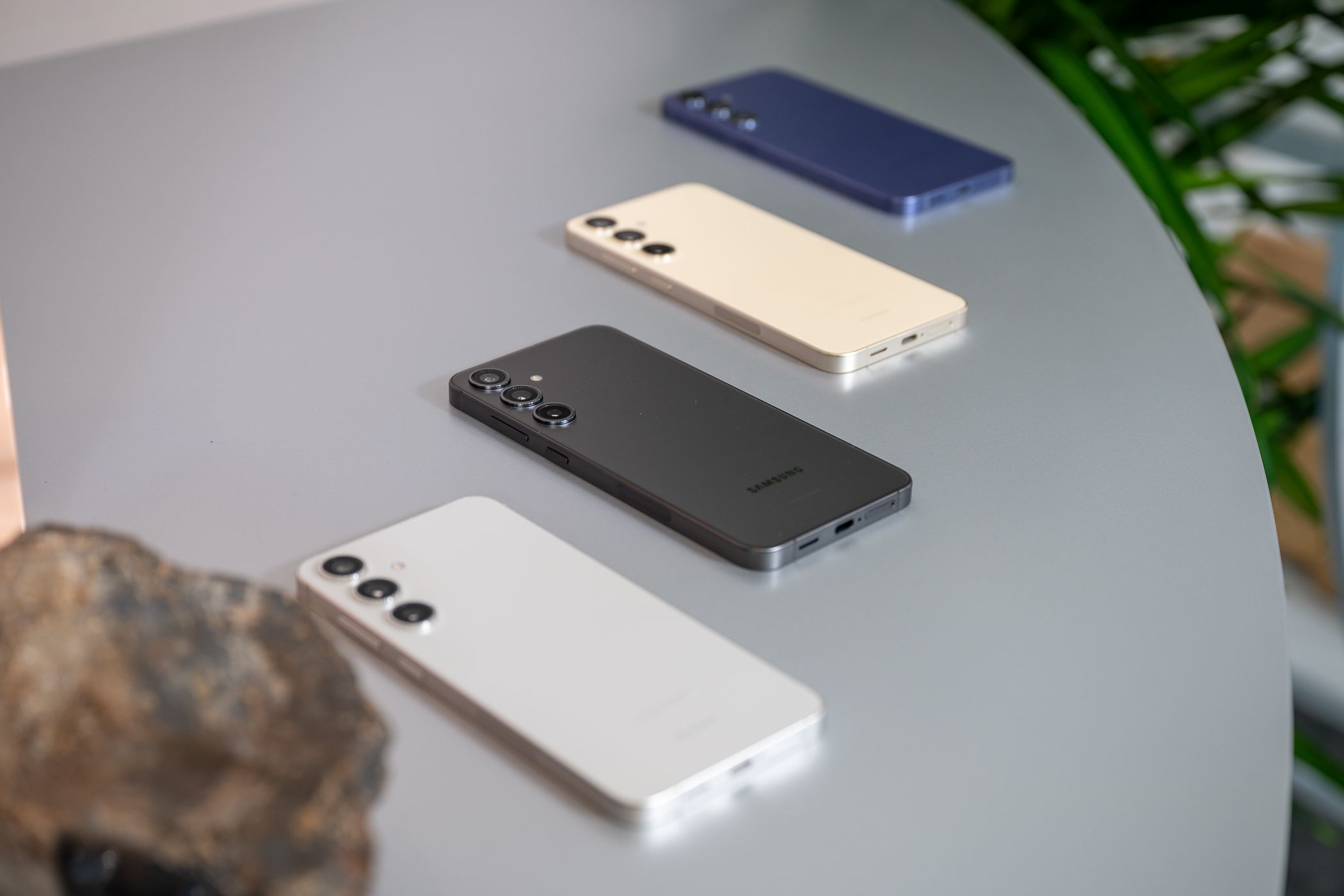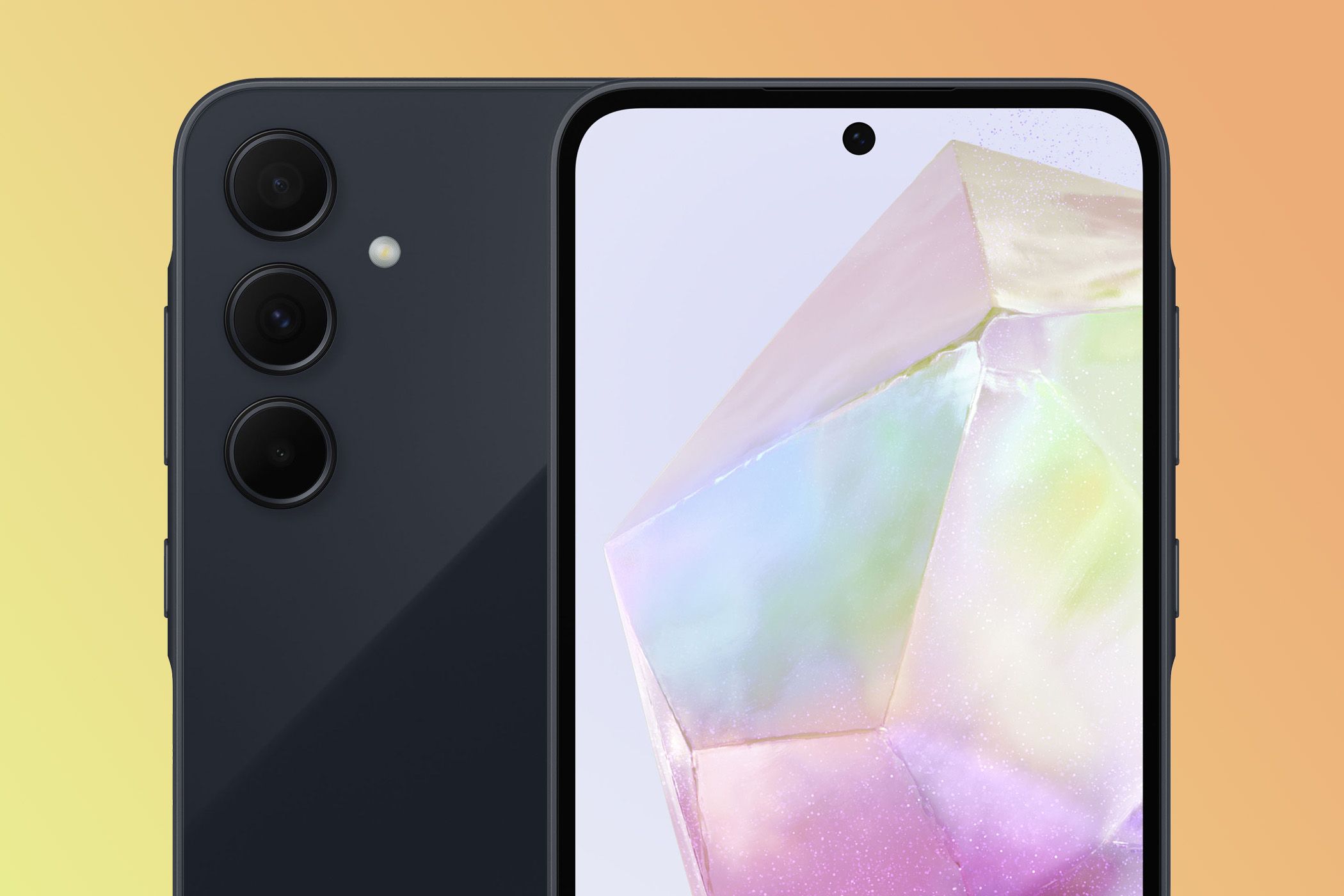Samsung’s Galaxy S phones get all the attention, but they’re not for everyone. Many people gravitate toward Samsung’s budget and mid-range phones—the Galaxy A series—which are better than you might think.
It All Comes Down to Price
The Galaxy S series has started to eclipse Apple’s iPhones when it comes to how much these phones cost. The base model usually starts at $800 (the same as the iPhone 16), while the Ultra starts at $1200 ($100 more than the iPhone 16 Pro Max). These phones come with more computing power than the average person will ever use. They offer displays that look great, but many people don’t notice as meaningfully better than other phones.
Even the premium materials of the S series can be considered a waste since people who immediately stick their phones in a case never actually touch their phones. And with such a high price tag, you bet they’re not taking a chance on dropping their investment. You can even make the case (see what I did there?) that what matters more is snagging the best case you can find.
It’s the Galaxy A series that actually meets people where they are. With the Galaxy A16 5G going for $200 and the mid-tier Galaxy A35 priced at just twice that, this line offers a close enough phone for a fraction of the S series. You can get an entire family of Galaxy A phones for the price of one Galaxy S25 Ultra.
It’s Hard to Tell These Phones Apart
Once upon a time, those of us who inhale tech news could spot a budget phone from 100 yards away. That’s not the case anymore. From a distance, the Galaxy A series and the Galaxy S series look virtually the same. They’re the same shape (Ultra aside) and more or less the same size. The frame may be plastic instead of metal, but you have to pick up the phone to feel what it’s made of. The same is true of the cheaper phones’ plastic backing.
There are subtle cues, for sure. Galaxy A phones have thicker bezels in general, and the camera notch is the biggest tell on the entry-level A16 in particular. The Galaxy A35 is harder to distinguish, thanks to its punchhole camera. The backs of the Galaxy A16, A35, Galaxy S24 FE, and Galaxy S24 are all remarkably similar, with the same number of cameras.
Could you tell that the phones in the photo above were all the Galaxy S24? I couldn’t, and I think this is a great thing. While I do buy high-end phones, it has never been to flaunt branding or show off wealth (like many, I try to get my phone for as cheap as I can find). I find it good that the look of phones has become less of an immediate sign of class difference than it once was.
Many Won’t Notice the Performance Difference Either
Why do I buy premium phones? I’m a gadget nerd! I love a super high-resolution screen and can easily see the difference between an OLED and an LCD panel. I notice the difference between a 60Hz and 120Hz refresh rate. I push my phones hard enough that I am actually impacted by having additional RAM. I’ve also long been paid to notice these differences in order to explain them to others.
Most people don’t follow phones as a hobby and most certainly aren’t sent the latest models to review. Most people look at the prices in the carrier store and get the best model for the amount they want to spend, and unless it’s at the bottom of the price tier, it does everything just fine.
For the record, even the Galaxy A16 5G has a 1080p display with a high pixel density of 386 pixels per inch. The 4GB of RAM offered at the base price will be felt, as might the 128GB of storage, but you can up both to 8GB and 256GB respectively. The former might be plenty for people who still primarily use their phones as phones and not entertainment, whereas the latter will satisfy those who also like to open a web browser.
Good Cameras for Casual, Everyday Use
Once you get accustomed to high-end phone cameras, the quality you get from budget and mid-range phones is the area where you’re most likely to notice the difference, even if you aren’t a techie. You’re not getting as much detail, and you’re less likely to nail that bokeh effect.
Yet, if you have never owned a flagship phone, you might be blown away by how competent midrange cameras have gotten. After all, a Galaxy A’s camera will blow the pants off the beloved HTC One M7 and Nexus 5 from over a decade ago. They’re even competitive against flagship phones from around the time of the pandemic. For capturing moments rather than creating photography, they’re great at what they do. They’re just less likely to give those of us who have carried a DSLR camera to get the feeling that we can suddenly do without.
Cameras are an area where you’ll notice the biggest difference between the A16 and the A35. While both have a 50MP main camera, the A35 swaps the 5MP ultrawide camera for 8MP and the 2MP macro for 5MP. The A35 can also record in 4K, while the A35 cannot.
Many, Many Years of Updates
A budget phone used to be what some have called the e-waste special. Many still are. These are phones that never receive a major system update, and they tend to ship with outdated versions of Android to begin with. They’re obsolete at launch, and they only get more outdated with time, destined to end up in a landfill quickly.
This isn’t the case for Samsung phones. Before 2025, the Galaxy A series was already getting a full four years of Android version updates. That’s a number double that of many flagship phones from only a few years ago. Heck, the Galaxy A series is better supported than many premium phones today. If you buy a dedicated gaming phone (you probably shouldn’t), you’ll be lucky if you get more than one update.
With 2025’s Galaxy A16 5G, Samsung has raised the bar even higher. This phone will get six years of Android version updates. This is the cheapest phone in the US you can buy with that degree of software support, making it the next phone I’m likely to recommend to my parents.
After all, the least tech-literate people in our lives should not be carrying around the most vulnerable phones. That’s a recipe for exploitation.
I, personally, will continue to have more interest in the Galaxy S line, though I’ve never actually owned one. I only started buying Samsung phones recently, and that has been because of the even pricier Z Fold series. Yet it’s the Galaxy A series that I’m most grateful to see Samsung take seriously. Not for me, but for the millions who are going to buy them.

Samsung Galaxy A15
$160 $200 Save
$40






